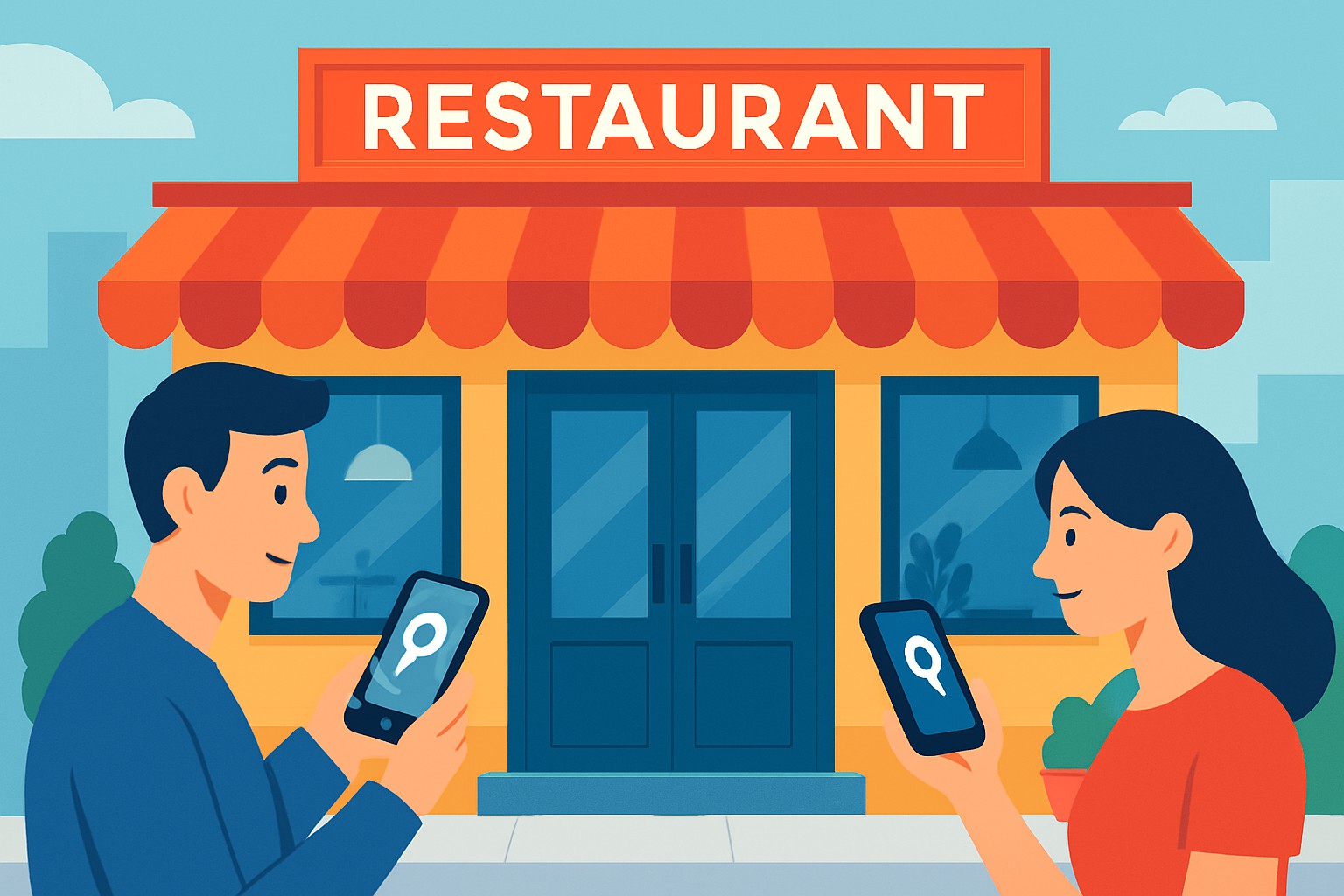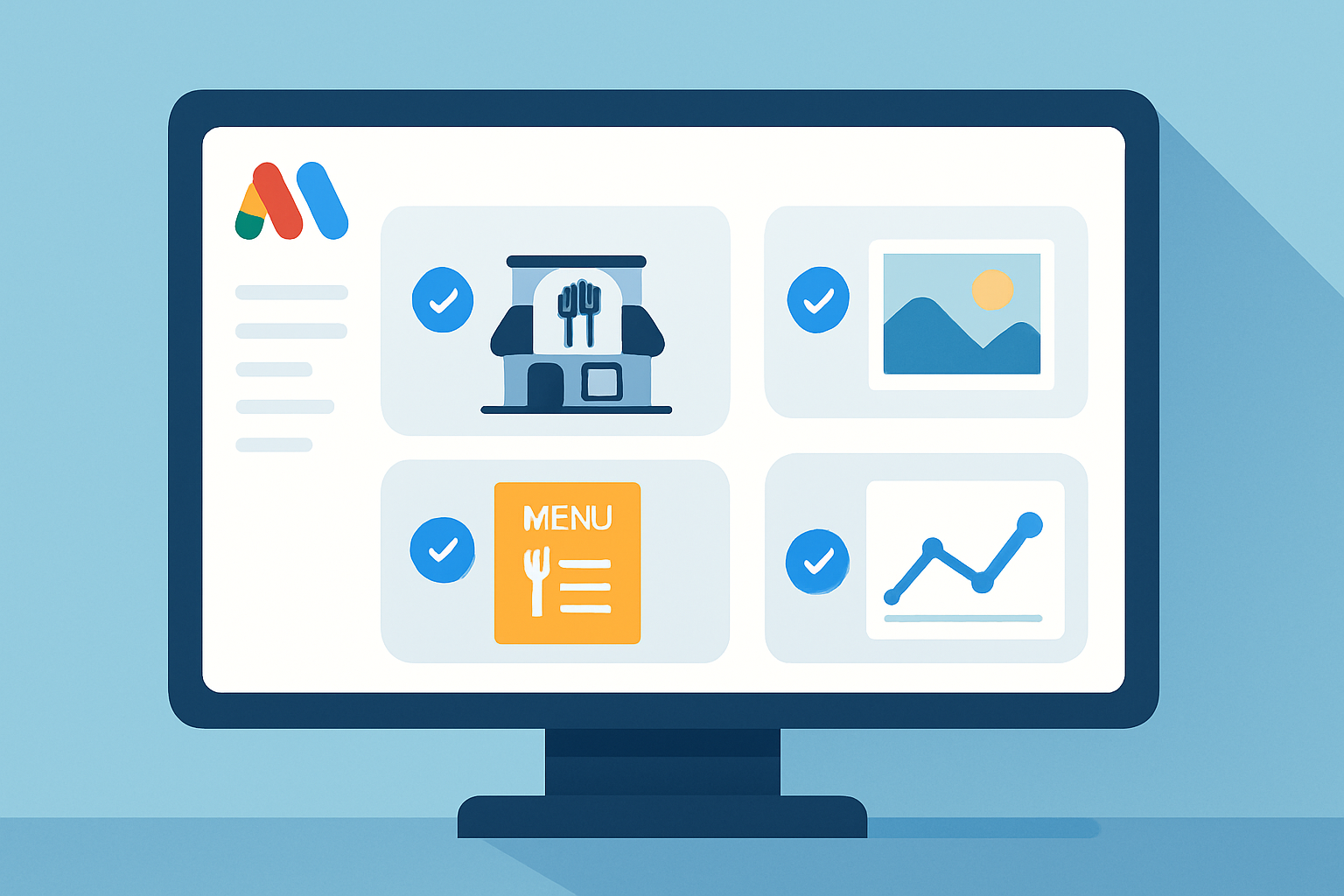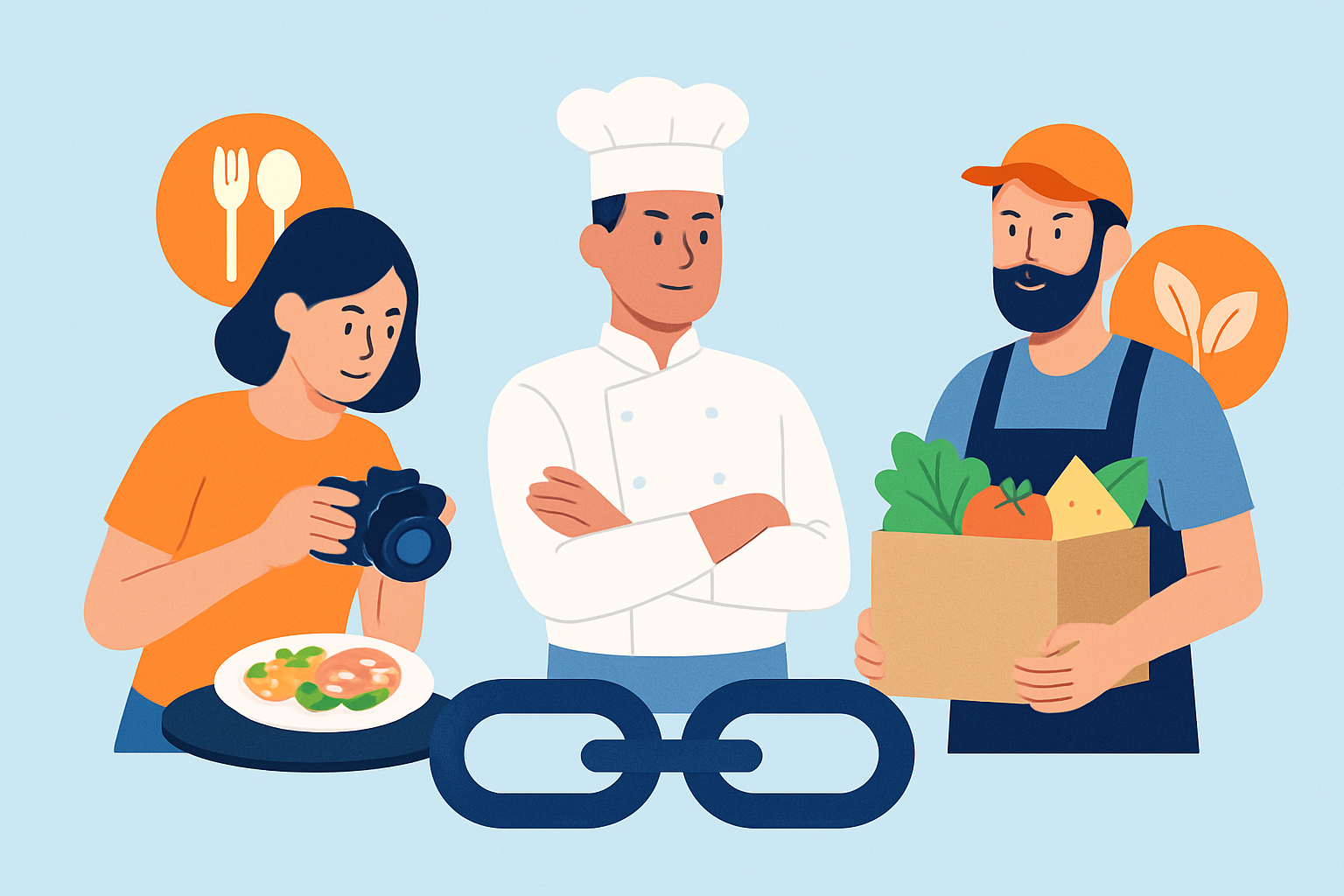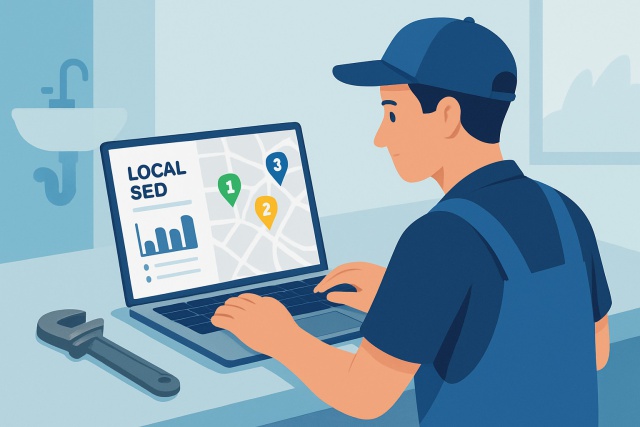
SEO for remodelers made simple and practical
Unlock the power of SEO tailored for remodelers with this comprehensive guide. Discover actionable s...

Mastering SEO for restaurants is absolutely important when it comes to standing out in local search results.
Local SEO is about boosting your restaurant's online visibility so it appears where it matters—in location-based searches. Unlike general SEO that targets a broad audience, local SEO focuses on nearby people who are ready to eat, ensuring they find your spot fast when hunting for somewhere to eat around town.
Google My Business or GMB as the cool kids call it is a heavyweight when it comes to local SEO. Setting up and verifying your GMB profile usually gives your local search rankings a nice nudge upward. It also lets you connect more personally with customers poking around on Google Maps and Search.
Kick things off by claiming your Google My Business listing or creating one if it’s not already there because you don’t want to miss out on potential customers right from the get-go.
Double-check that your business info is spot on and complete including your name, address and phone number. Accuracy here is key.
Choose categories that really nail what you’re about whether it’s your cuisine style or the services you offer so individuals know exactly what to expect.
Upload some top-notch photos that show off your restaurant and mouthwatering dishes. The vibe of the place is eye candy that draws hungry visitors.
Set your business hours carefully and keep them up to date especially around holidays or special events. Nothing kills appetite like showing up to a closed door.
Don’t forget to upload your full menu or at least link to the freshest version on your website so customers can plan their visit without surprises.
Flip on messaging so customers can reach out to you directly through Google My Business. It’s a nice little touch that makes communication a breeze.

Screenshot of a fully optimized Google My Business profile tailored for a restaurant's local SEO success
Local citations that cover your restaurant's name, address and phone number (NAP) across various websites play a key role in proving your business is the real deal to search engines. Making sure your NAP details stay consistent everywhere helps avoid confusion not just for those pesky algorithms but also for your potential customers.
Your restaurant’s website really needs to be thoughtfully optimized if you want to catch that local search intent. This involves crafting engaging meta titles and descriptions with keywords that shout out your location. Then there’s the nitty-gritty of organizing headers clearly and building simple URLs that don’t twist your brain. You also need to optimize images so they load quickly and make sure the whole site runs smoothly on every device.
Kick things off with solid keyword research focused on ‘seo restaurants’ and include terms tied to local neighborhoods and specific cuisines to really get into the groove.
Give your menu pages a fresh spin by using clear descriptive titles with engaging content that cleverly targets location-based keywords.
Don’t forget to implement schema markup on your site because it acts like a roadmap for search engines to display details such as cuisine type, address and reviews on the search results page.
Compress and optimize your images to speed up page loading times.
Lastly, ensure your website boasts a responsive design so it runs smoothly across every mobile device out there.
Schema markup gives search engines a clearer snapshot of your restaurant’s essential details like hours, menu, pricing and reviews so they don’t have to play detective.
Customer reviews carry a lot of weight when it comes to local SEO rankings and how much shoppers actually trust your business. Gently nudging people to leave positive feedback, thoughtfully engaging with all comments—good or not-so-good—and jumping on reviews with a quick response can really do wonders for your restaurant’s rep and its spot in local search results.
Genuine customer reviews are an absolute game-changer when it comes to local SEO success and building real, lasting trust with diners. Getting involved with your customers online not only helps shine a spotlight on your restaurant but also spruces up your reputation in ways that truly count. – Local SEO Expert
Sharing original, local content is a clever way to position your restaurant as a trusted voice in the neighborhood while genuinely connecting with your community. When you zero in on stories and topics that hit home with locals, you’re not only giving your SEO a nice little boost but also attracting nearby diners who are on the lookout for relevant food experiences or events that truly speak to them
Talk about local food trends that genuinely resonate with your community—those little quirks and flavors that make your area unique.
Share behind-the-scenes stories about where you source your ingredients and the people who make it all possible because people love a good origin story.
Shine a spotlight on community events your restaurant is part of since being part of the neighborhood fabric never goes out of style.
Interview chefs or staff to add that personal flair visitors often appreciate. It’s all about putting faces and stories behind the flavors.
Put together neighborhood guides highlighting nearby spots worth exploring—think of it as your local treasure map.
Highlight seasonal menu specials to draw in returning customers eager for fresh, timely dishes that keep things exciting.
Backlinks from local organizations and media outlets really help boost your restaurant’s authority and deepen your ties with the local community. Building genuine relationships with suppliers and sponsoring events, as well as contributing guest posts on relevant sites, all create a strong backlink profile that truly backs up your SEO efforts.

Illustration of community-based backlink and partnership strategies to improve local SEO for restaurants
Technical SEO is about making sure your website loads quickly and runs smoothly especially on mobile devices—where many local searches happen. Using HTTPS, fixing broken links, setting up accelerated mobile pages (AMP), and keeping navigation simple all add up to a user experience that’s as smooth as butter.
Give your site speed a little boost by checking it with tools like Google PageSpeed Insights. Faster loading times can really win users over.
Sprinkle in AMP technology on your key pages to make the mobile experience feel slicker and more enjoyable.
Embrace responsive design so your site effortlessly adapts to any screen size whether someone’s on a phone, tablet or desktop.
Take a careful look for broken links and fix them up. This keeps SEO happy and your visitors cruising without hiccups.
Craft navigation menus that are crystal clear and a breeze to use, helping individuals swiftly find important pages like the menu and reservations with no head-scratching needed.
Really boost your local SEO game for restaurants by leaning on tools like Google Analytics to dig into your traffic stats. Use Google Search Console to make sure your pages are properly indexed and rank tracking software to keep tabs on how you’re doing with local keywords. Don’t forget review analytics either—they’re great for getting a feel for what your customers are thinking and how engaged they really are.
Restaurants often wrestle with inconsistent NAP details that can really throw search engines for a loop. More often than not they slip up on mobile optimization even though practically everyone is glued to their smartphones these days. Many miss out on golden opportunities to engage with reviews and lean on clunky keyword stuffing. They end up duplicating content across pages like it’s going out of style.
Keeping your business info spot on, promptly replying to reviews, and nailing mobile usability usually separates the local stars from those who quietly blend into the background. It’s the little things that tip the scales. – SEO Consultant
It’s like your digital storefront, so don’t let the paint peel.
Secure consistent local citations on important directories and keep them maintained because nothing kills momentum faster than outdated info.
Word of mouth these days mostly happens online, so keep those good vibes flowing.
It makes your site not just findable but genuinely friendly to visitors.
It’s a bit like networking at the town hall but in digital form.
Staying on top of your game means being ready to tweak things before they go sideways.
Using these proven SEO strategies on a regular basis is key for SEO restaurants, as it usually nudges your establishment up near the top of local search results. This can naturally bring in more foot traffic and help you build a loyal customer base that keeps coming back.
17 articles published
Known for her strategic acumen and ability to distill complex concepts into actionable frameworks, Raven Merriweather empowers businesses to navigate the intricacies of Internet Marketing with confidence and clarity.
Read Pages
Unlock the power of SEO tailored for remodelers with this comprehensive guide. Discover actionable s...

Unlock the power of plumbing local SEO with practical steps to optimize your online presence and con...

Discover the unique challenges enterprises face in local SEO and explore proven strategies and tools...

Contractors face fierce local competition—discover the best SEO tools and expert strategies designed...